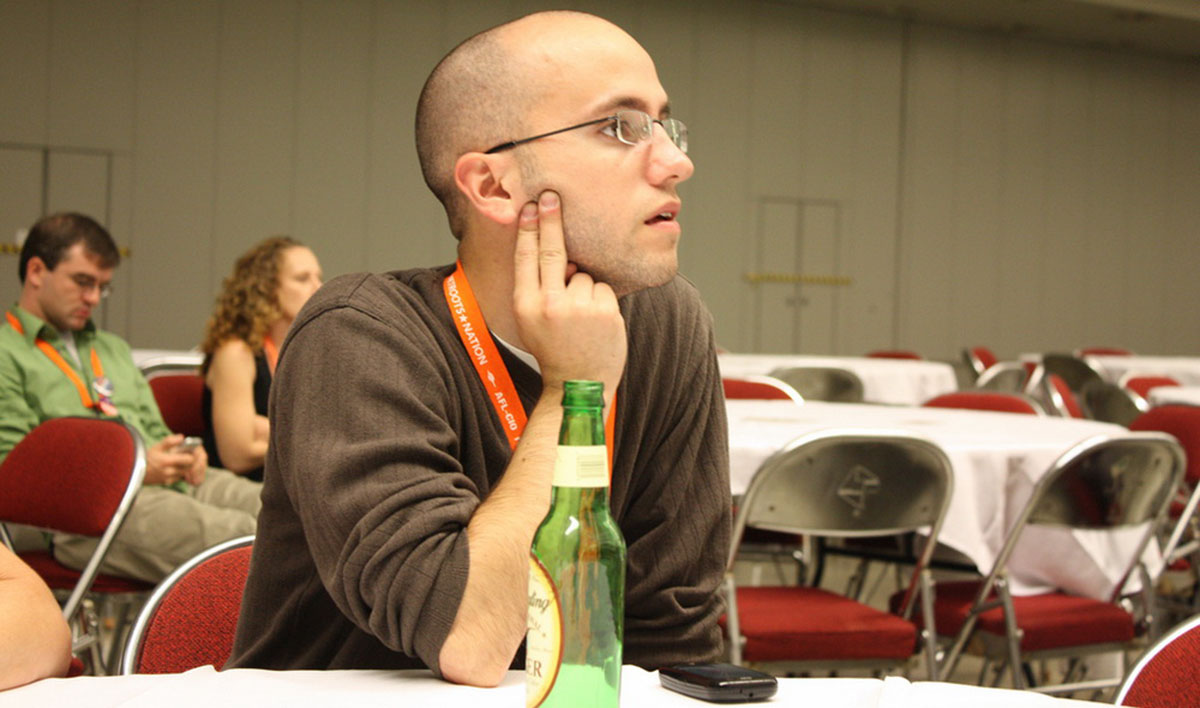Table of Contents
When you have the first movement down and your nervous system begins to adjust you can use a more complex movement to do your basic test.
Try standing on one leg and moving fluidly into a one-leg deadlift. Then move right back through to a standing position with your leg outstretched in front of you, and repeat. Don't let your raised foot touch the floor. Obviously this is beyond some people’s comfortable range of controlled movement, in which case you shouldn’t do it; but if you find it slightly challenging in terms of balance and control, then it’s about the right level to use for feedback testing. Run daily tests for a week to establish a baseline then build it in as your pre-workout test.

The physiological approach
Finally, there’s a supremely simple biofeedback test that’s available to anyone, and it will work for you no matter your range of motion. All you need is a timer, stopwatch, watch with a second hand, or anything that will give you 15 reliable seconds, and the ability to do simple maths.
Oh, you’ll need to be able to find your pulse too.
To find the pulse in your neck, go under the angle of your jaw, next to your windpipe, and press in with your fingertips. In some people it’s hard to find because of neck structures or because your blood pressure is so low it’s hard to feel. Be careful not to press your fingers into your neck really hard, of course.
The other way to find your pulse is to locate it on your wrist. Look at your palm like you were looking in a mirror. In the middle are the tendons that lead to your hand.
On the thumb side of your wrist, about the width of two or three fingertips down from the very base of your thumb, you’ll be able to feel your pulse.
Get your timer and find your pulse, then let the timer run for 15 seconds while you count pulses. That saves you from trying to count two things at the same time. Now simply take the number you have and multiply it by four, and that’s your pulse in beats per minute. While your pulse should be in certain ranges for certain ages, what we’re looking for here is your personal normal resting pulse. Take your pulse when you haven’t done anything you count as physical exertion – nothing that makes you take a deep breath or makes you sweat.
Again, you want to take your resting pulse at a fairly normal time – if you’re a student, the first week back is a bad time to establish a baseline. If you’re getting married this week, wait a while. But once you have your pulse average, you can use it to determine if you’re sufficiently rested to train on any given day.
Alterations in heart rate can be down to overtraining whether they’re up or down, but essentially, if your resting heart rate is within 5% either way of your baseline average you’re good to go. If not, maybe you should rest, or train lighter. That means if your normal resting heart rate averages 120bpm and this morning your pulse was 124 bpm, that’s a change of less than 5% - so you’re good to go. If it’s 127, that’s over 5%, so you should reconsider.
Biofeedback training and assessment can be a huge and complex area. But the simplest tools it has to offer can be used by almost anyone and are effective ways to gauge your readiness to train.
See Also: How To Warm Up Before Exercise And Avoid Injury: Do's And Don'ts
In effect, it’s simply a way to listen to your body – and that’s how we avoid injury
Biofeedback testing offers an objective and reliable way to gauge how hard you should train on any given day. Some people can follow a progressive overload program with built-in overreach that requires accuracy to the day - most of us have work, kids, partners and other things beyond our control to deal with. So how do you know how hard to push on any given day? You could just guess - but after that heals, you'll want something a little more reliable. Biofeedback testing offers that.
- Photo courtesy of Khp1989 by Wikimedia Commons : commons.wikimedia.org/wiki/File:Leg_Stand.jpg
- Photo courtesy of Xavier by Flickr : www.flickr.com/photos/xavierla/3831762725


Your thoughts on this